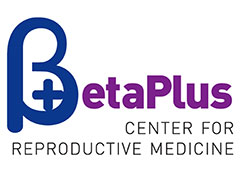Histeroscopy (HSC) is a procedure done often in the process of diagnosing and treating infertility, which enables us to see inside the uterine cavity, using the small camera. The problems can be detected in up to 30% of infertile patients. HSC is also performed in cases of failed fertility treatments (several unsuccessful embryo transfers), or if over the course of treatment new uterine pathology is suspected, such as polyps and myomas.
HSC is an inspection of uterine cavity by means of a camera-equipped instrument, introduced into the uterus after its cavity has been expanded with a liquid (saline solution, glucose, etc). If abnormalities are detected during the inspection, they can be removed immediately.
Introducing hysteroscopy into gynecology enabled a low-invasive approach to solving pathology that prior required radical (hysterectomy, e.g. with submucous myomas) or inadequate solutions (blind dilatation and curettage – D&C – for treating endometrial polyps in young women). Today there is no replacement for HSC in diagnosing and treating polyps, adhesions, irregular bleeding, minor anomalies and submucous uterine myomas.
When it comes to surgical procedure there is always a possibility of complications, although they are rare. Major complications include uterine perforation and air embolism, while minor complications that can occur in 7% of cases refer to cervix tearing, hemorrhaging and infections.




